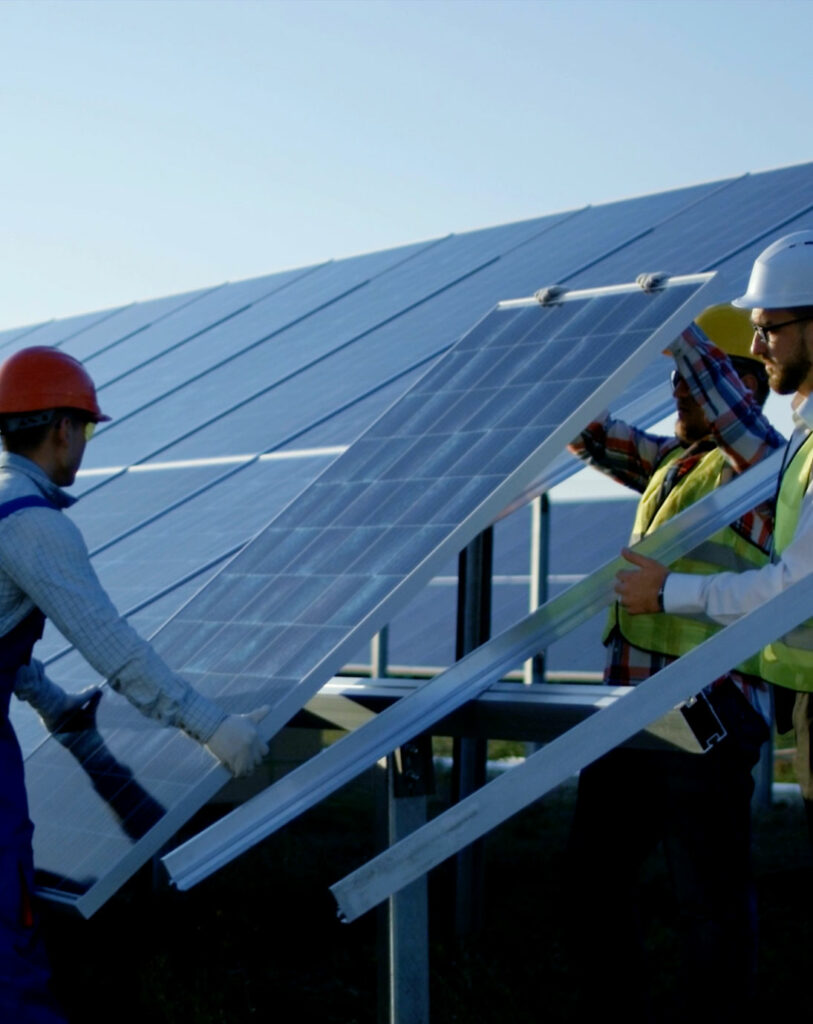Considering FIFEPlan (Fife Council, 2017) Policy 13: Natural Environment and Access, the Proposed Development presents opportunities to enhance the natural environment interests of the site, which is primarily a low ecological value grassland.
It is proposed to create a wildflower meadow between the panels, with this managed through an appropriately timed mowing or grazing regime. Additionally, there will be planting of native hedgerow along the public footpath and the site boundaries.
Defunct hedgerows will be reinstated and enhanced to achieve a species-rich environment which will be valuable to birds, bats and other mammals within the development’s setting, by providing further foraging opportunities and connectivity for species migration.




